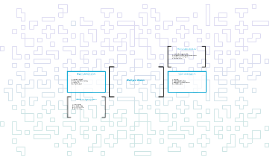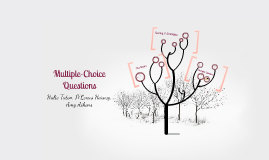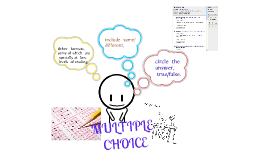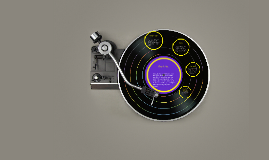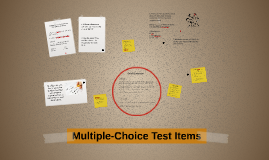Multiple Choice
Transcript: Which Muscle Type Appears Only In A Single Organ D. Transitional False A. Simple Squamous B. Stratified Squamous C. Simple Cubodial D. Transitional If we say cells can drink what is the best description of this process? A. Exocytosis B. Endocytosis C. Phagocytosis D. Pinocytosis The Three main cells are cytoplasm, nucleus, and plasma membranes. A. True B. False Cells that connect body parts are. A. Fibroblast and Erythrocyte. B. Epithelial Cell C. Fat Cell D. Nerve Cells B. Chromatids Cells Are Dormant During Interphase A. True B. False The Endocrine gland is a ductless gland A. True B. False C. Cardiac A. Interphase, Metaphase, Anaphase< Prophase B. Prophase, Metaphase, Anaphase, Telophase C. Interphase, Prophase, Metaphase, Anaphase D. Prophase, Anaphase, Telophase, Cytokinesis Fibroblast and Erythrocyte Which of the following statements is true about Deoxyribonucleic Acid (DNA)? A. Frog and human DNA are exactly the same B. DNA is genetic material C. DNA is not necessary for cell reproduction D. DNA does not contain the instructions for building proteins. Osmosis A. Smooth Muscle B. Cardiac Muscle C. Skeletal Muscle D. Striated Muscle Cells of Reproduction are A. Fibroblast Cells B. Macrophage C. Skeletal muscle and smooth muscle cells D. Osteocytes Cells and Sperm Cells. C. Skeletal Muscle Tissue True C. Interphase, Prophase, Metaphase, Anaphase Proteins are not synthesized in Ribosomes. A. True B. False Pinocytosis True False Answer The Correct Order For Mitosis Is? A. Centriole B. Chromatids C. Spindle Fibers D. Centromeres When chromosomes are copied they form. Ligaments are dense connective tissue that attach skeletal muscle to bone. A. True B. False Multiple Choice Chapter 3 and 7 False Carbon, Hydrogen, Oxygen, and Nitrogen are four elements that most cells are composed of. A. True B. False An Epithelium "Built" to stretch is D. Osteocytes Cells and Sperm Cells Diffusion of water through a selectively permeable membrane is described as: A. Osmosis B. Facilitated Diffusion C.Filteration D. Intracelluar Fluid Which Type Of Muscle Is Multinucleated? True B. DNA is genetic Material A.Skeletal B. Contractile C. Smooth D. Cardiac







